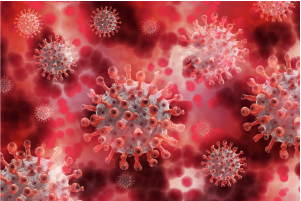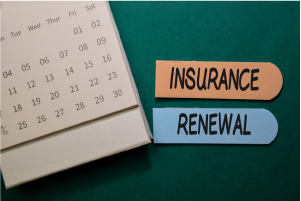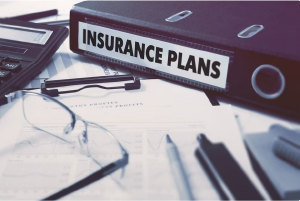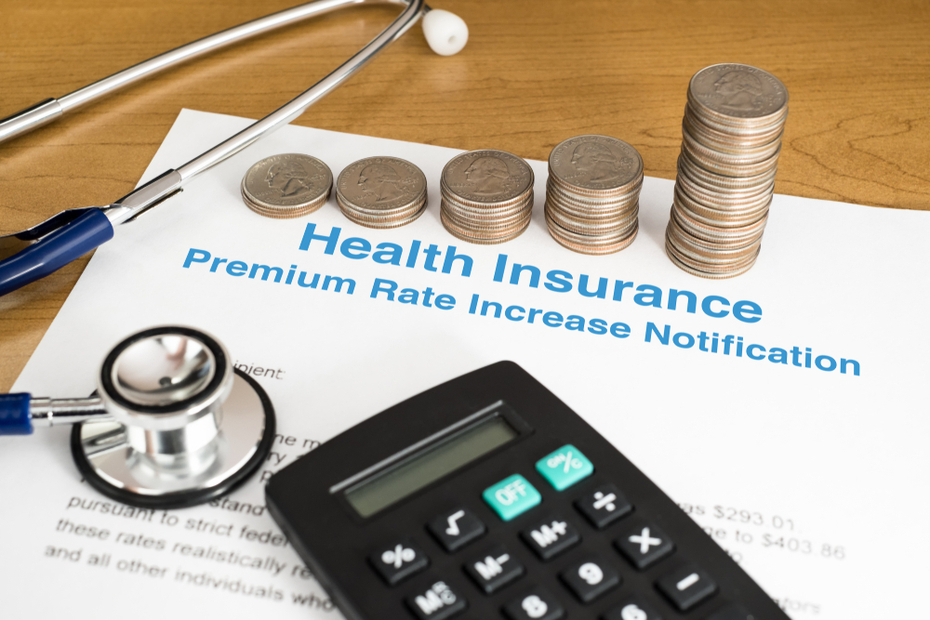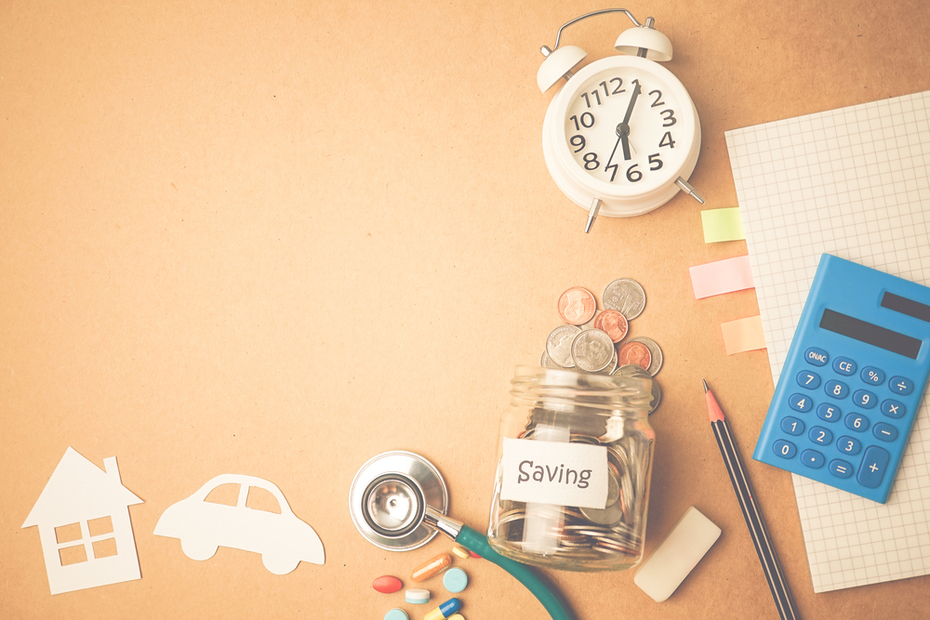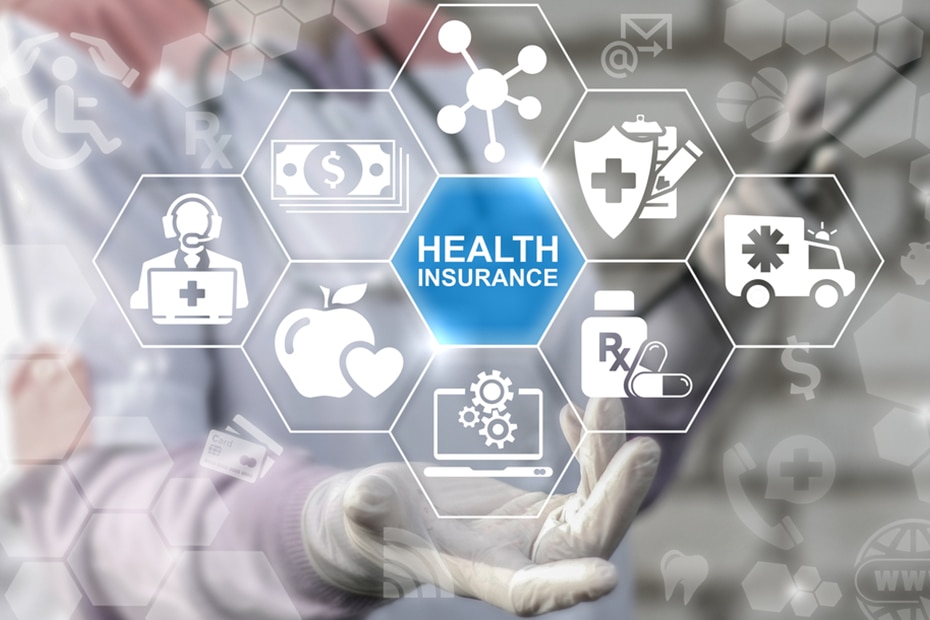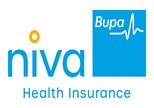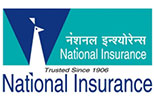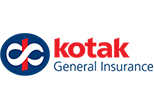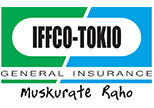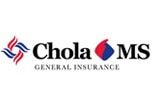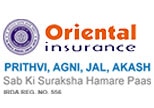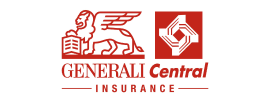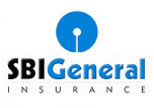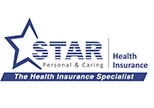What Organs Are The Most Prone To COVID-19?
Table of Contents
The COVID-19 pandemic first became apparent in Wuhan, China. It has rapidly spread to all continents. In persons who develop clinical illness in response to SARS-CoV-2, the respiratory system is the most commonly affected. However, the virus can affect any organ in the body. In critically ill patients, multiple organs are often affected. The virus binds to angiotensin converting enzyme 2 (ACE2) receptors present in vascular endothelial cells, lungs, heart, brain, kidneys, intestine, liver, pharynx, and other tissue. It can directly injure these organs. In addition, systemic disorders caused by the virus lead to organ malfunction. While managing a patient it is essential to evaluate for injury to multiple organs. Disturbances of coagulation and vascular endothelium are common but may not lead to symptoms in early stages. They contribute to injury to multiple organs. Cardiac and renal dysfunction is common among the patients who die. Injury to the organs may become apparent long after the acute infection has subsided. Different organs may be affected at different times. Chronic injury may occur. Rehabilitation can be long and difficult.

Covid-19 and Its Effect On Humans
-
Inflammation and endotheliitis
Compared to other health conditions, COVID-19 can lead to a much greater production of cytokines by white blood cells. A surge of catecholamines may precede and contribute to cytokine storm, also called as hypercytokinemia or cytokine release syndrome. This maladaptive response can lead to systemic inflammatory response syndrome (SIRS), acute respiratory distress syndrome (ARDS), multi-organ injury, shock, and death. Inflammatory response may continue to increase even when the viral load is diminishing.
SARS-CoV-2 infects the endothelial cells in multiple organs and causes diffuse lymphocytic endotheliitis, leading to vasoconstriction. Accompanying inflammation, hypercoagulability, and edema cause hypoperfusion leading to organ ischemia. However, patients with pre-existing immune-mediated inflammatory disease being treated with anticytokine biologics and other immunomodulatory therapies are not at an increased risk due to COVID-19.
-
Effect on coagulation
Bleeding is not common in COVID-19. Deep vein thrombosis (DVT), venous thromboembolism, pulmonary embolism (PE) and cor pulmonale, systemic and pulmonary arterial thrombosis and embolism, ischemic stroke and myocardial infarction (MI) are reported. DVT and PE are common among the dead. This is caused by inflammation, platelet activation, hypercoagulability, endothelial dysfunction, constriction of blood vessels, stasis, hypoxia, muscle immobilization, and disseminated intravascular coagulation (DIC).
Fever and inflammation cause hypercoagulability and impair fibrinolysis. Cytokine interleukin-6 (IL-6) levels correlate with hypercoagulability and disease severity. Elevated antiphospholipid antibodies are associated with thrombosis. The liver increases production of procoagulant substances. Prothrombin time and activated partial thromboplastin time are moderately prolonged. Moderate thrombocytopenia is observed. C-reactive protein is elevated. Cytokine storm and excessive systemic inflammation are associated with lymphocytopenia, elevated D-dimer, elevated fibrin degradation products (FDPs), and DIC. D-dimer levels and DIC are prognostic.
-
Pulmonary effects
Autopsy studies indicate that in the acute phase the patients have classic diffuse alveolar damage without organization and fibrosis. It is caused by disruption of endothelial and alveolar cells. This leads to fluid and cellular exudation and hyaline membrane formation. Acute fibrinous and organizing pneumonia are also observed. It consists of alveolar fibrin aggregation. Airway inflammation is present. Increased capillary permeability causes alveolar and interstitial edema. Vascular angiogenesis is a distinguishing feature of COVID-19.
On chest CT, findings of subpleural and peripheral areas of ground-glass opacity and consolidation are present in patients with COVID-19. Most of the patients have bilateral distribution. On chest radiographs, patchy infiltrates are observed that may be distributed asymmetrically. Several modalities are available for managing respiratory insufficiency. Oxygen via high-flow nasal cannula, and noninvasive ventilation are among the therapies utilized in these patients. Prone positioning may improve oxygenation.
-
Cardiac effects
In COVID-19, cardiac complications can precede and can occur in the absence of pulmonary and other complications [29-30]. Ischemic cardiac injury can occur in patients with established coronary artery disease (CAD), those with latent CAD, and those without CAD. The primary cause of the former two is plaque rupture and thrombosis. The last one is due to inadequate oxygen supply and mimics a MI. For acute coronary syndrome due to plaque rupture, antiplatelet and anticoagulation therapy may be beneficial. Fibrinolytic therapy and percutaneous coronary intervention may be considered. However, the reported incidence of acute MI has declined in the COVID-19 period.
Heart failure and elevation of brain-type natriuretic peptide (BNP) is observed. Elevated troponin and BNP levels are associated with mortality. PE can cause elevation of troponin as well as BNP. For older patients with existing CAD or hypertension, heart failure may be caused by worsening demand-supply relationship. Myocarditis is more likely the cause in younger patients. Arrhythmias include tachycardia, bradycardia, and asystole. They can be due to inflammation, myocarditis, hypoxemia, metabolic abnormalities, or medications.
Commonly used medications including angiotensin converting enzyme inhibitors and angiotensin II receptor blockers have not been demonstrated to increase the risk of COVID-19 infection or its complications and should not be discontinued.
-
Renal effects
COVID-19 complicates the management of patients on dialysis and with kidney transplantation. In Britain about 15% of the patients who expired had chronic kidney disease. ACE2 receptors are present in kidneys. The virus is found in glomerular cells, tubular epithelium, and podocytes of kidneys. Acute kidney injury (AKI) is commonly secondary to systemic abnormalities including diabetes, hypertension, chronic kidney disease, hypoxemia, and coagulopathy. Cytokine storms can cause drastic hypoperfusion and AKI.
Acute kidney injury is also caused by rhabdomyolysis due to hyperventilation or medications including antivirals such as remdesivir. In New York, about 90% of patients who were on mechanical ventilation developed AKI. AKI occurs in temporal association with respiratory failure. Among kidney transplant recipients, initially fever is present in only about one-half and diarrhea is present in about one-quarter of the patients. Compared to a matched cohort they have a faster progression of disease and a higher mortality.
-
Effect on eyes
Both ACE2 receptors and TMPRSS2 proteases that are necessary for infection by SARS-CoV-2 are found in ocular surface cells in cornea, inside the eyelids and in the white of the eye. About one-third of hospitalized patients develop ocular abnormalities including conjunctivitis. Conjunctivitis is more common in the sicker patients. Ocular involvement may occur early. Ocular surface cells are portals of entry and reservoirs of the virus. Ocular virus shedding is a source of infection. Infectious viruses can persist in the eye for up to three weeks.
-
Gastrointestinal effect
Gastrointestinal (GI) symptoms include loss of appetite, nausea, vomiting, diarrhea, and abdominal pain or discomfort. These symptoms might start before or occur with or without other symptoms such as fever, myalgias, and cough. Lower GI tract is rich in ACE2 receptors. Some patients’ stools contain intact infectious virus or only RNA and protein fragments of the virus. Patients who have a virus in the stool take longer to clear it. Although a small percentage of patients have GI symptoms, up to one-half shed virus in the stool. Virus protein shell is also found in gastric, duodenal, and rectal cells. More than one half of COVID-19 hospitalized patients have elevated lactate dehydrogenase and other liver enzymes indicating injury to the liver or bile ducts. This is likely to be due to an overactive immune system or due to drugs causing liver damage.
-
Psychological effects
Because of financial difficulties and social isolation due to COVID-19, many psychological problems can arise. They can be delayed by months. There is an increase in "deaths of despair" from substance abuse or suicide. The risk is greater among persons with dementia, mental illness, and autism. In person and online communication with friends and support professionals is beneficial.
On discharge from ICU, a third of the patients have dysexecutive syndrome consisting of inattention, disorientation, or poorly organized movements in response to command [37]. Some patients who recover from COVID-19 develop mental health problems [50]. These include anxiety, depression, and post-traumatic stress disorder (PTSD). Long term effects can include development of Alzheimer’s or Parkinson’s disease.
Conclusions
SARS-CoV-2 virus binds to ACE2 receptors present throughout the body and can adversely affect virtually every system of the body. It can cause a cytokine storm which can culminate in death. Different organs may be affected in different patients, in a temporal course unrelated to viral load. Inflammation, platelet activation, hypercoagulability, endothelial dysfunction, constriction of blood vessels, stasis, hypoxia, and muscle immobilization contribute to the complications.
Also read - COVID-19's Emergence And Impact In India




